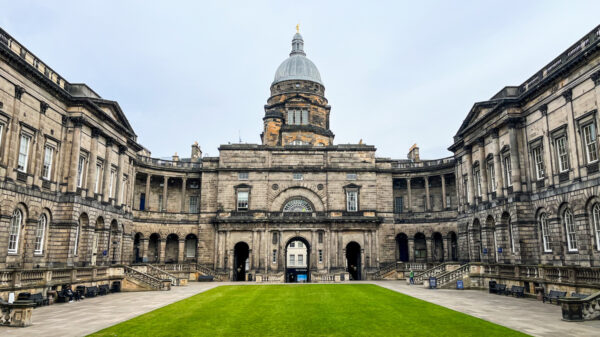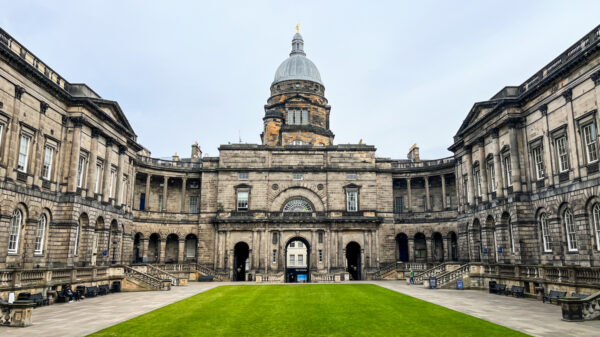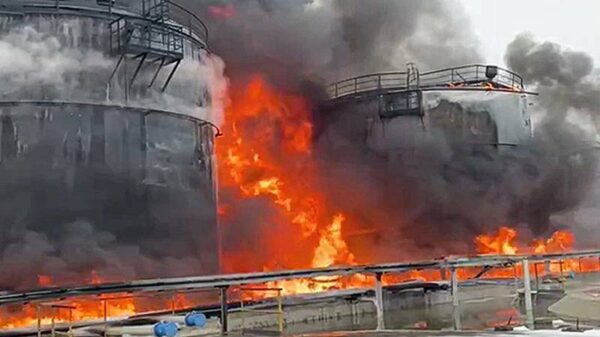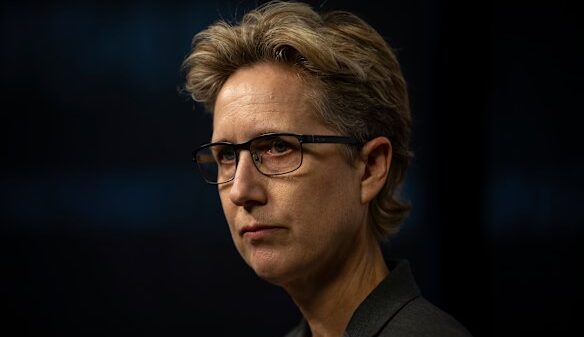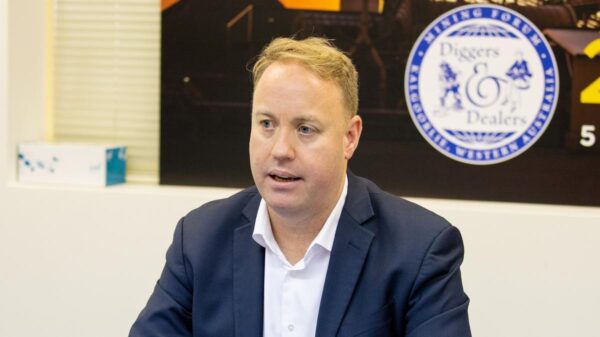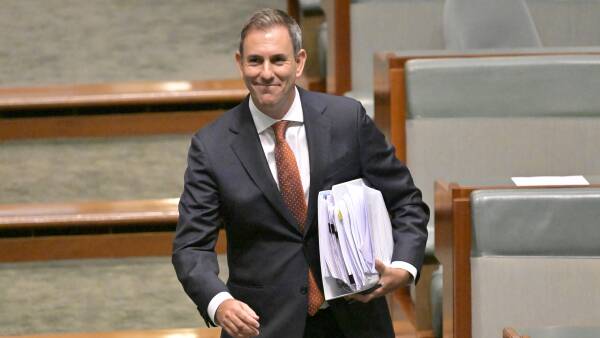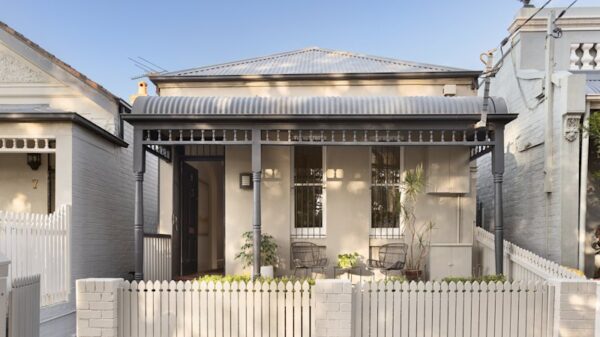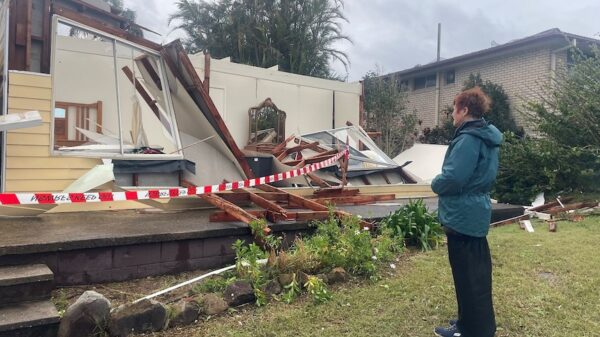The Australian Defence Force (ADF) has experienced a significant boost in recruitment, with numbers reaching a **15-year high**. This surge follows the federal government’s investment of more than **$600 million** in bonuses and housing subsidies aimed at retaining soldiers, sailors, and aviators. The recruitment strategy also includes relaxed enlistment standards, preparing the ADF for potential geopolitical tensions, particularly with China.
As of **July 1, 2023**, the total number of full-time uniformed personnel across the army, air force, and navy stands at nearly **62,000**, marking an increase of nearly **3,000** personnel from previous years. Despite this progress, challenges remain. Approximately **75,000** individuals applied to join the ADF last financial year, but only about **7,000** were successfully enlisted. Many potential recruits lost interest or were disqualified during the process.
This recruitment boost is a notable achievement for the **Albanese government**, especially in light of ongoing issues within the military. The **$368 billion** project aimed at modernizing the defence forces is facing scrutiny due to delays and cost overruns. The government continues to resist calls, particularly from the **Trump administration**, to increase defence spending by an additional **$40 billion** annually to meet **3.5 percent** of gross domestic product.
Defence Minister **Richard Marles** emphasized the significance of this recruitment growth, stating, “In 2025, the ADF is now growing again for the first time in almost four years. While there is much more work to do, we are confident these positive trends will continue.” The government’s target is to expand the ADF to **69,000** personnel by the early **2030s**, and current enlistments are on track to meet this objective.
To achieve these ambitious goals, the government is implementing substantial financial incentives. Between **2023 and 2028**, nearly **$570 million** will be allocated for continuation bonuses of **$40,000** each, aimed at retaining personnel after **four to seven years** of service. So far, **5,778** personnel have accepted these bonuses, including **2,306** who were undecided about remaining in the military.
In addition to financial incentives, the government is enhancing the so-called “value proposition” for service members. This includes an expanded **Defence Home Ownership scheme** that allows personnel to access housing assistance earlier in their careers. Budget documents reveal an additional **$88 million** will be spent on defence housing over the next three years. These measures have contributed to a reduction in the separation rate from **11.2 percent** in **2021-22** to **7.9 percent**, the lowest in a decade.
In an effort to attract younger candidates, the ADF is emphasizing digital advertising channels. Last year, Defence allocated over **$63 million** for commercials and market research, with a growing focus on social media platforms like TikTok. Notably, a TikTok advertisement promoting life as a submariner garnered **840,000** views, setting a record for the platform.
Recruitment standards have also been relaxed, with conditions such as acne no longer disqualifying candidates. **Matthew Keogh**, Minister for Defence Personnel, commented, “Clearly, that’s stupid in the 21st century. We’re now making sure that our eligibility requirements match the more than **300** different types of roles that are available in the Defence Force.”
In **2024-25**, a total of **7,059** individuals joined the permanent ADF and Gap Year Program, marking the best recruitment result in **15 years** and a **17 percent** increase compared to the previous year. Despite receiving **75,000** applications—an impressive figure not seen in five years—the conversion rate remains below **10 percent**, indicating ongoing challenges in effectively channeling interest into enlistment.
Overall, while the ADF’s recruitment numbers show promising trends, the government faces ongoing pressure to maintain and improve these efforts amidst a complex geopolitical landscape and domestic challenges.







